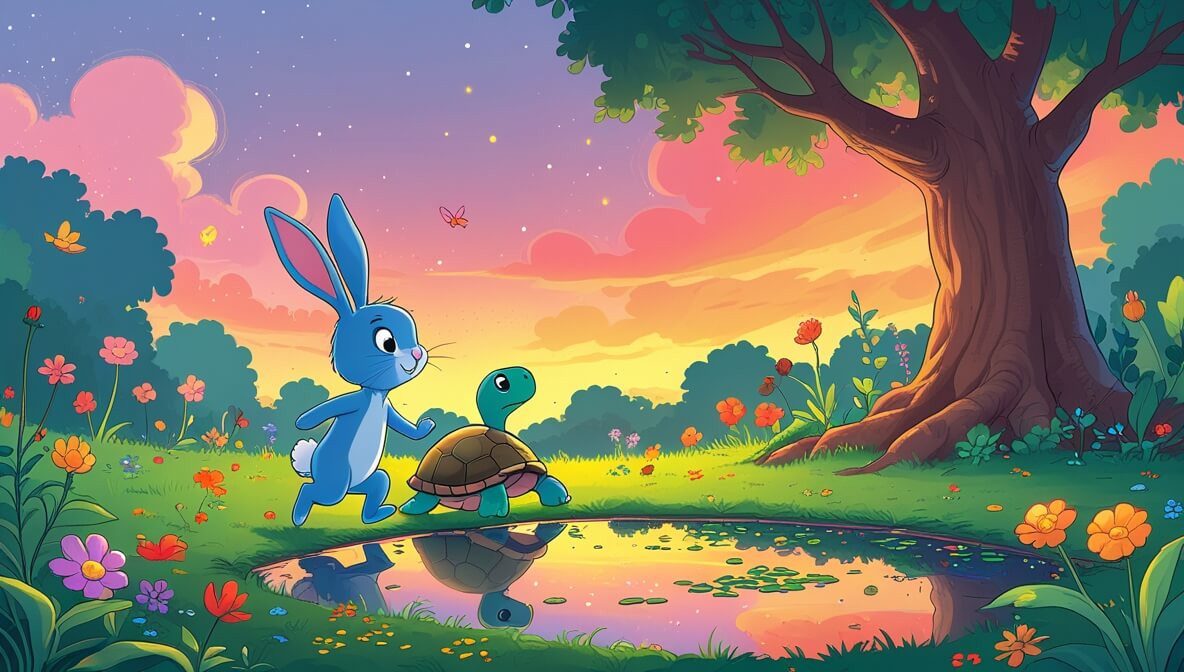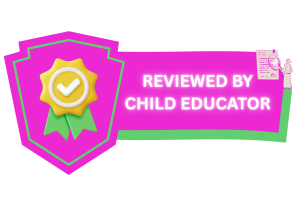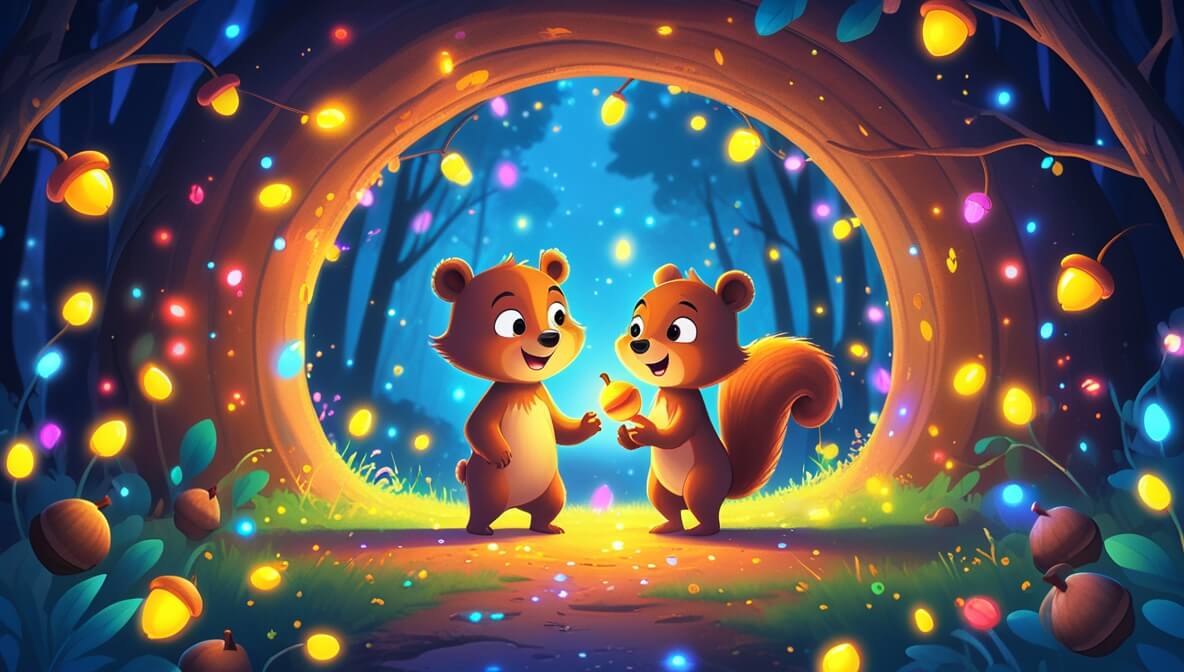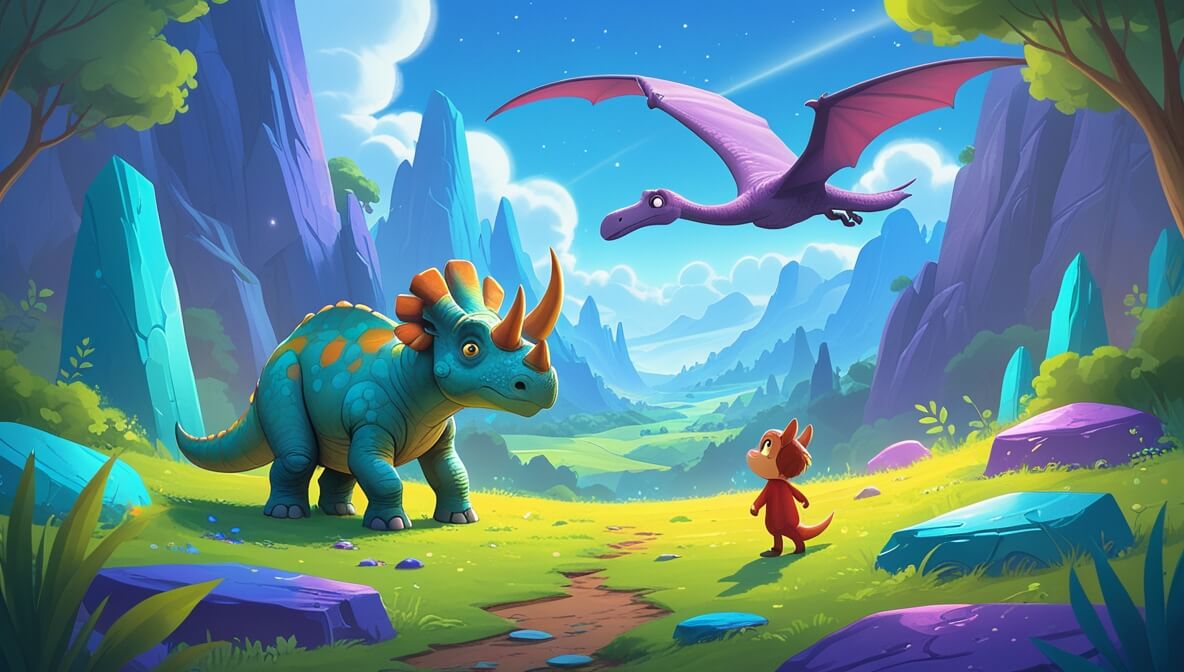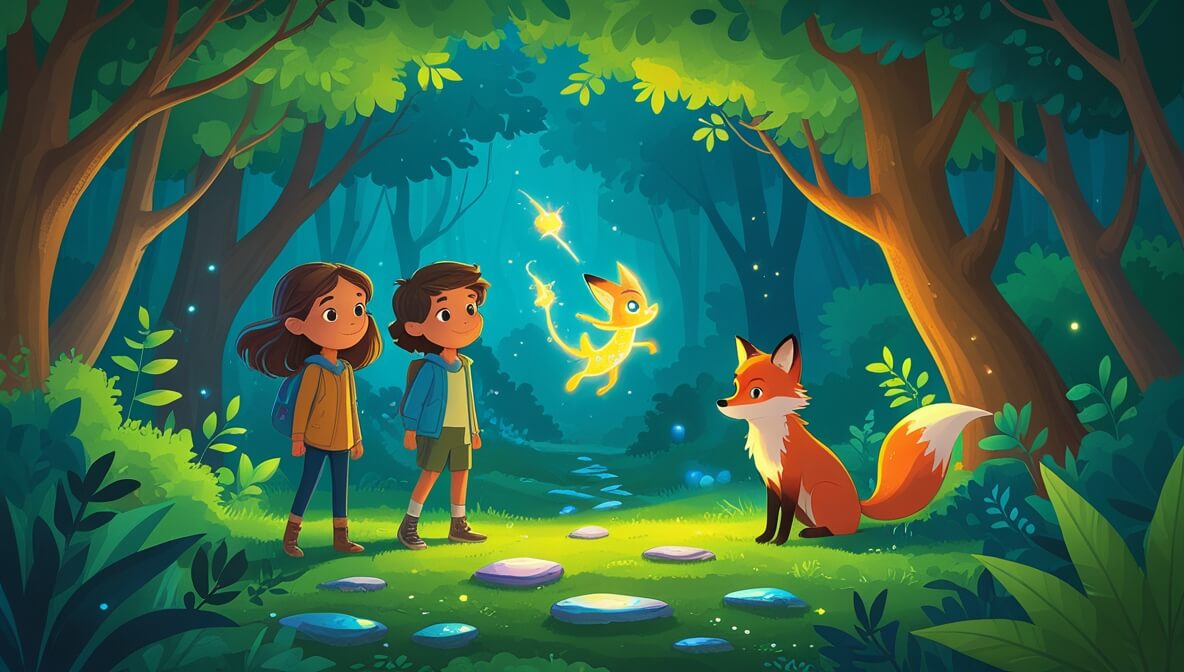In a magical garden, a curious bunny named Thistle meets a wise old turtle, Sheldon. Together, they discover the wonders of nature and the beauty of friendship.
Age Recommendation
0 – 4 years
Characters
Characters:
- Thistle (a curious and playful bunny)
- Sheldon (a wise and gentle turtle)
Story
Once upon a time in a lush, green garden, there lived a little bunny named Thistle. Thistle loved to hop around, exploring every nook and cranny of his leafy home. One sunny day, as Thistle was sniffing a colorful flower, he noticed something moving slowly nearby.
Meeting in the Garden
It was Sheldon, the old turtle who lived under the big oak tree. Sheldon was known for his wisdom and calm nature. Thistle, being a curious bunny, hopped over and said, “Hello, Sheldon! What are you doing here?” Sheldon smiled gently and replied, “I’m enjoying the peaceful sights of the garden, young Thistle.”
Discovering Wonders
Thistle’s eyes widened with excitement. “Can we explore together? I want to see all the wonders!” he asked. Sheldon nodded, and together they wandered through the garden, discovering hidden paths, shimmering ponds, and fields of wildflowers. Thistle was amazed by the beauty and magic of nature.
The Gift of Friendship
As the sun began to set, painting the sky with hues of pink and orange, Thistle realized how much he enjoyed Sheldon’s company. “Thank you, Sheldon,” Thistle said softly. “I’ve learned so much today, and I’m glad we’re friends.” Sheldon smiled, replying, “Friendship is the greatest treasure, Thistle.”
The end.
Moral of the Story
The story teaches that friendship and exploring the world together make every adventure more meaningful and fun.
Questions to Think About
- What did Thistle learn from exploring the garden with Sheldon?
- Why is friendship important?
- What else do you think Thistle and Sheldon could explore?
- How do you feel when you explore new places?
- What would you like to explore in your garden?
Do You Know
- Turtles can live for many years, some even over a hundred!
- Bunnies have long ears that help them hear very well.
Word Explorer
- Garden: A place where plants, flowers, and trees grow.
- Explore: To look around and discover new things.
- Friendship: A special bond between people or animals who care about each other.
Emotions in the Story
- Curiosity: When Thistle wanted to explore the garden with Sheldon.
- Joy: When Thistle discovered beautiful sights in the garden.
- Gratitude: When Thistle thanked Sheldon for his friendship.
Color Your Scene
Imagine Thistle and Sheldon walking through the garden as the sun sets. Draw the colorful flowers, the shimmering pond, and the pink and orange sky. Use lots of colors to bring the garden to life!
Parents’ Corner
This story is a lovely way to introduce your child to the concepts of:
Friendship: Discuss how Thistle and Sheldon enjoy each other’s company and learn together.
Exploration: Encourage your child to explore their surroundings and notice the little wonders around them.
Appreciating nature: Talk about the different plants and animals in the story, fostering a love for nature.
Gratitude and kindness: Highlight Thistle’s gratitude towards Sheldon, teaching the importance of saying thank you and being kind.

